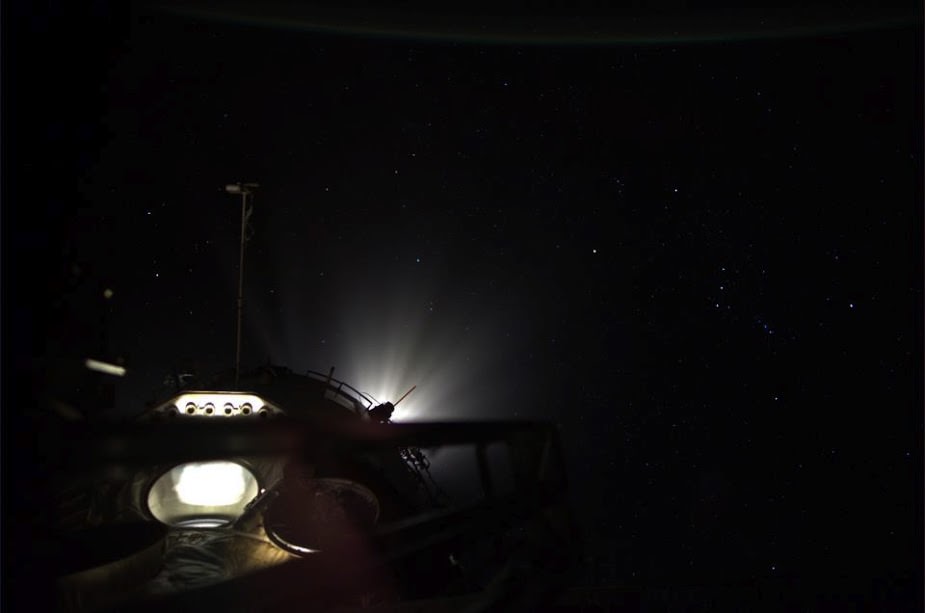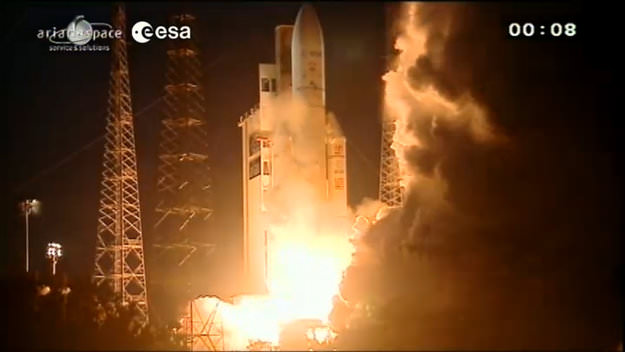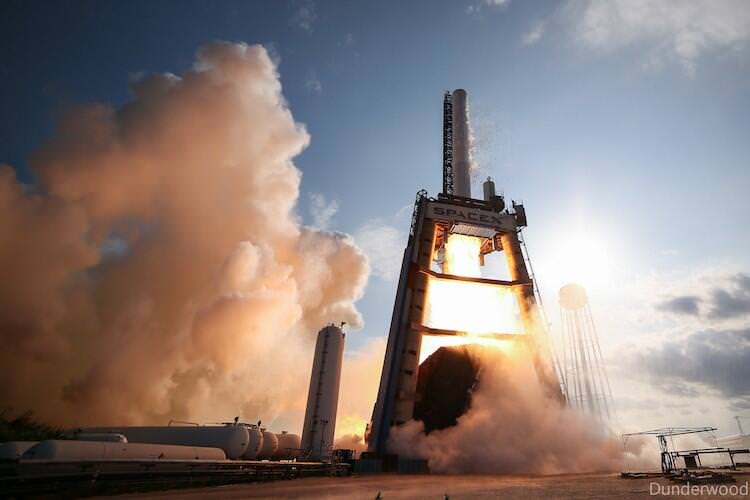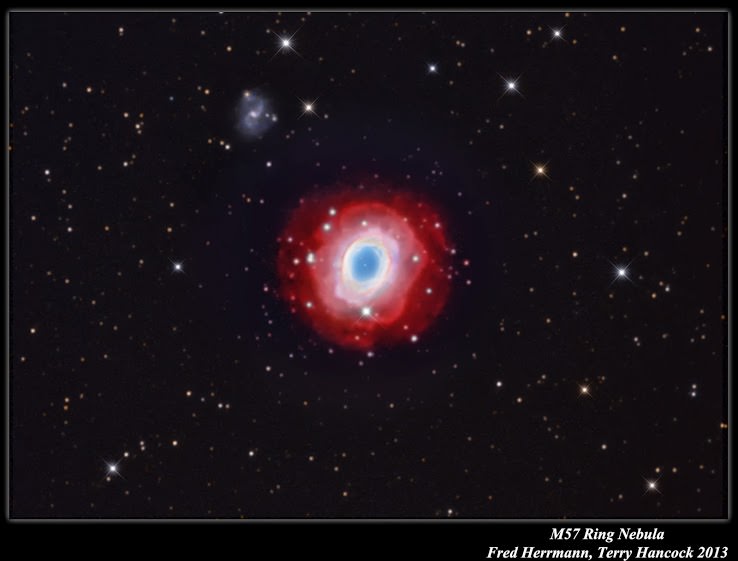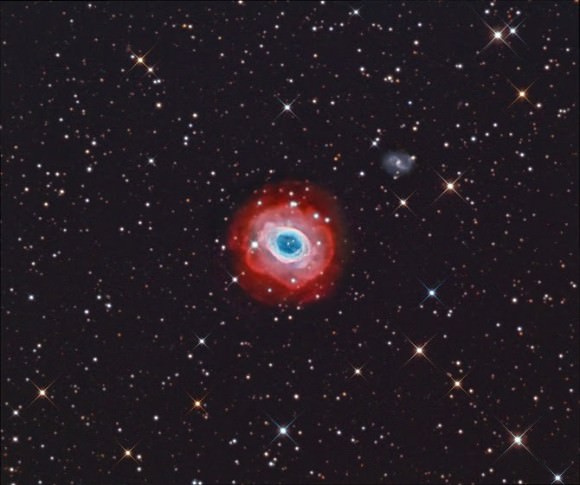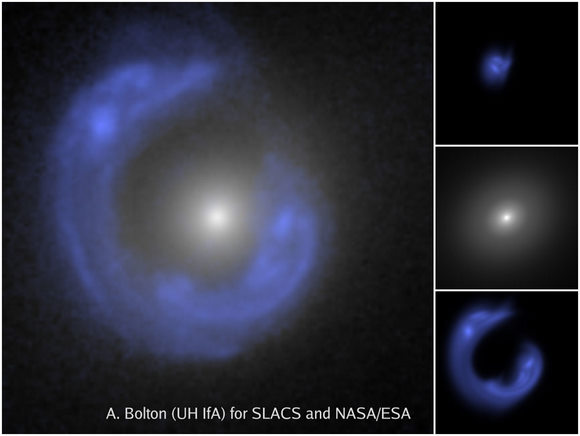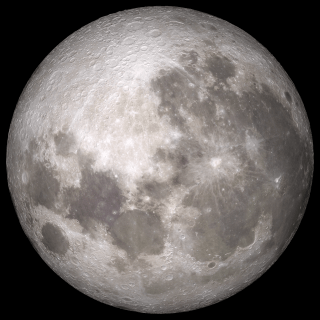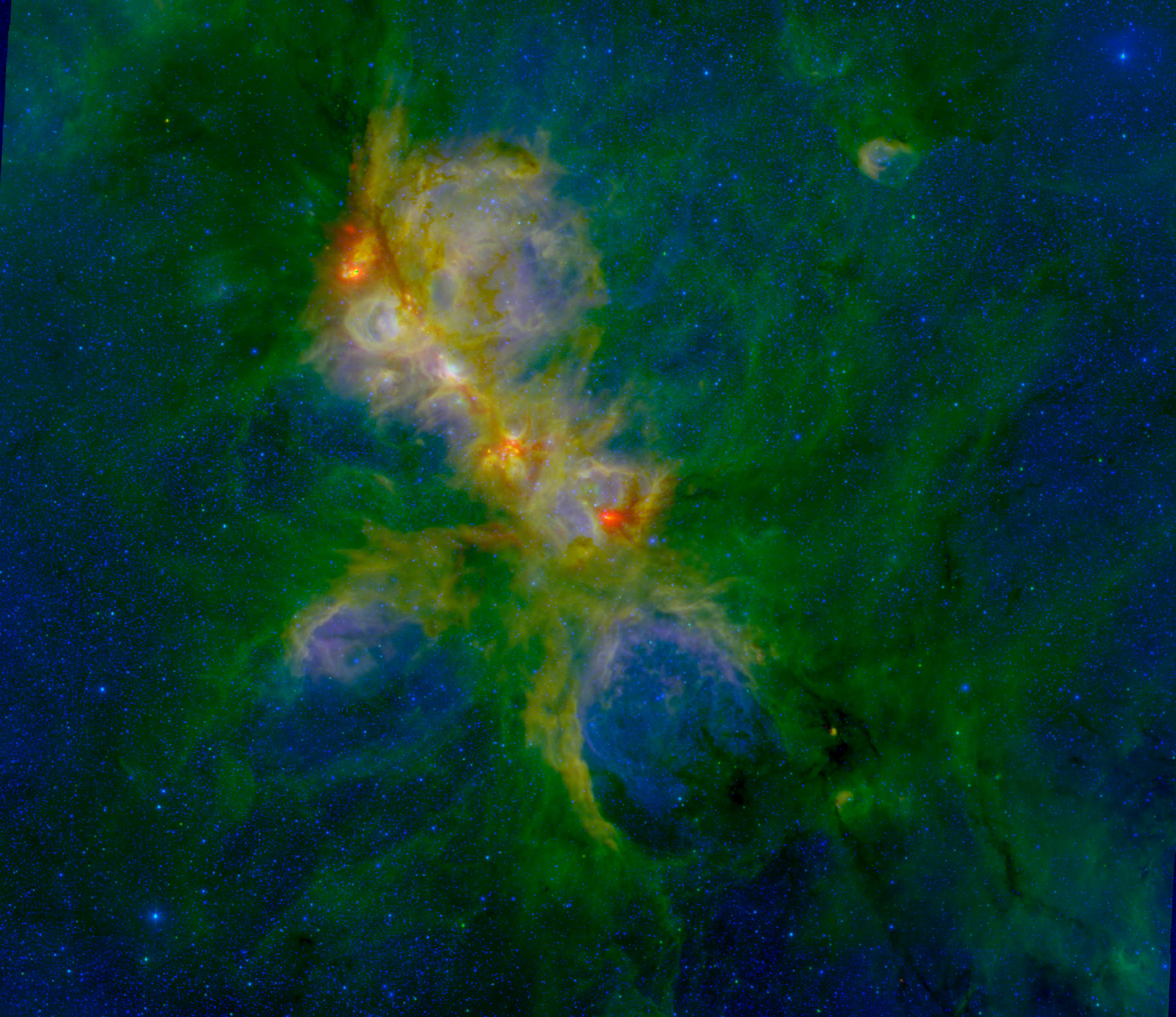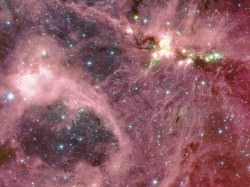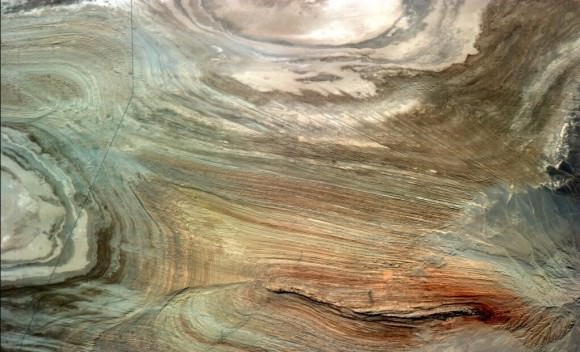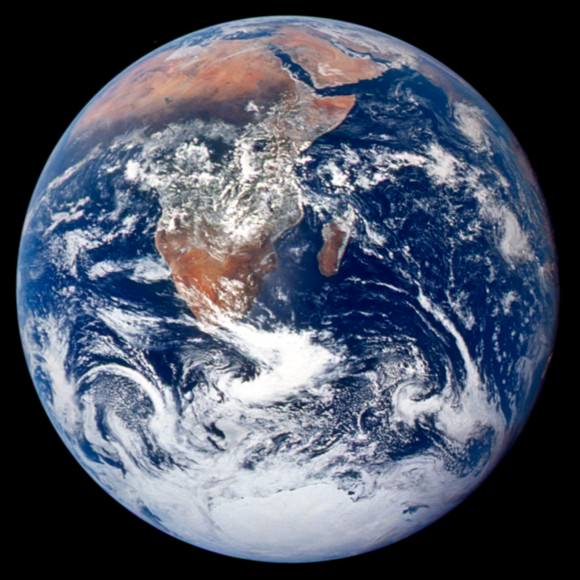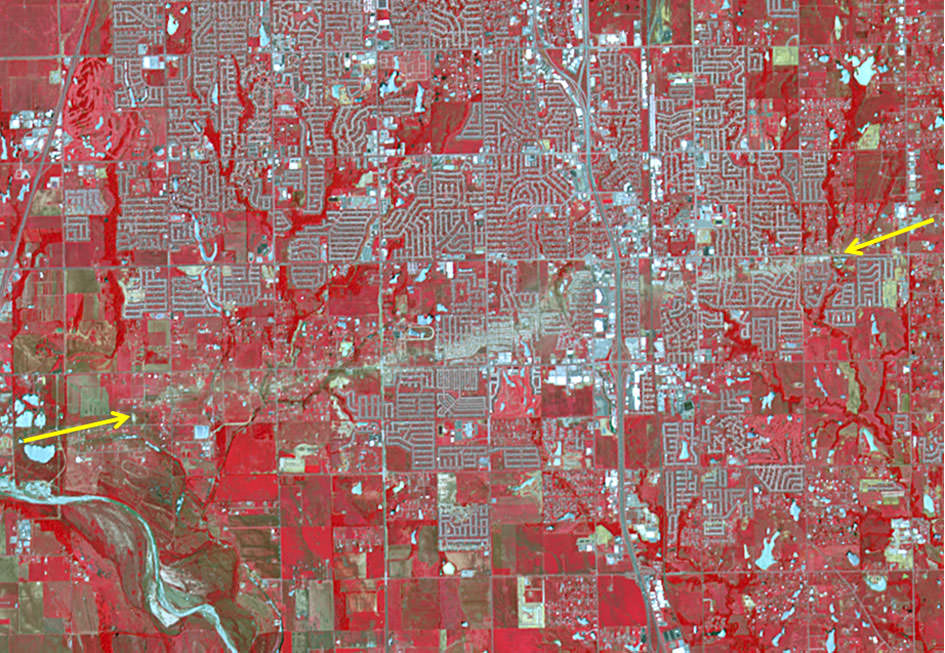Here’s a follow-up on an interesting image we posted last year, during Don Pettit’s stay on the International Space Station during Expedition 30/31. Pettit had posted this beautiful, sci-fi-looking image on his Google+ page, but didn’t say what it was, only describing it as “Orion in the headlights.” The constellation Orion is off in the distance, but there was some debate about what the light source was: was it light coming from a window on the ISS or a thruster burn?
It turns out this is likely one of the first ever-images of a thrust-burn taken (or released) from the ISS. An Debris Avoidance Maneuver took place at 10.12 GMT (5:12 a.m. EST) on February 29, 2012 and G+ commenter Peter Caltner pointed out, “the scenic lighting effect ends exactly in [the series of images that Pettit took] at the end of the 76 seconds of the burn duration.”
Engineers at Johnson Space Center confirmed to Universe Today this was in fact a thruster burn from the thrusters located on the aft end of the Zvezda Service Module.
The JSC team told us that during a burn, most of the windows are covered so they don’t get damaged so there’s not a lot of opportunity to take a picture like this. But the astronaut or cosmonaut that took this image was in the Pirs module looking toward the aft end of the Service Module, where the reboost engines are located. The “downward” -facing window (looks “up” in this image) is the large observation window in the Russian Zvezda Service Module.
But does this actually show a thruster plume?
Very likely, the light seen here is not actually the light from the rockets after igniting for lifting the station. Caltner, who regularly answers questions from the public on Twitter and G+ about images from space, said the light probably comes from the docking headlights, switched on deliberately for illuminating the exhaust gases of the booster rockets.
It’s an intriguing shot, and the debate on it (and finding out more about it) has been fascinating and interesting!
The NASA Crew Earth Observation site is a fun place to lose yourself looking through all the wonderful images taken from space. You can find images from the early Mercury flights to the most recent taken, and you can also find those extremely cool timelapse videos taken from the ISS. Those NEVER get old.

